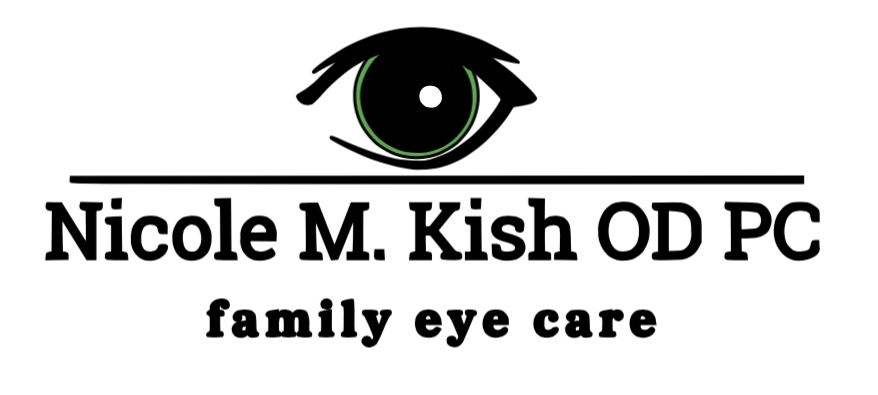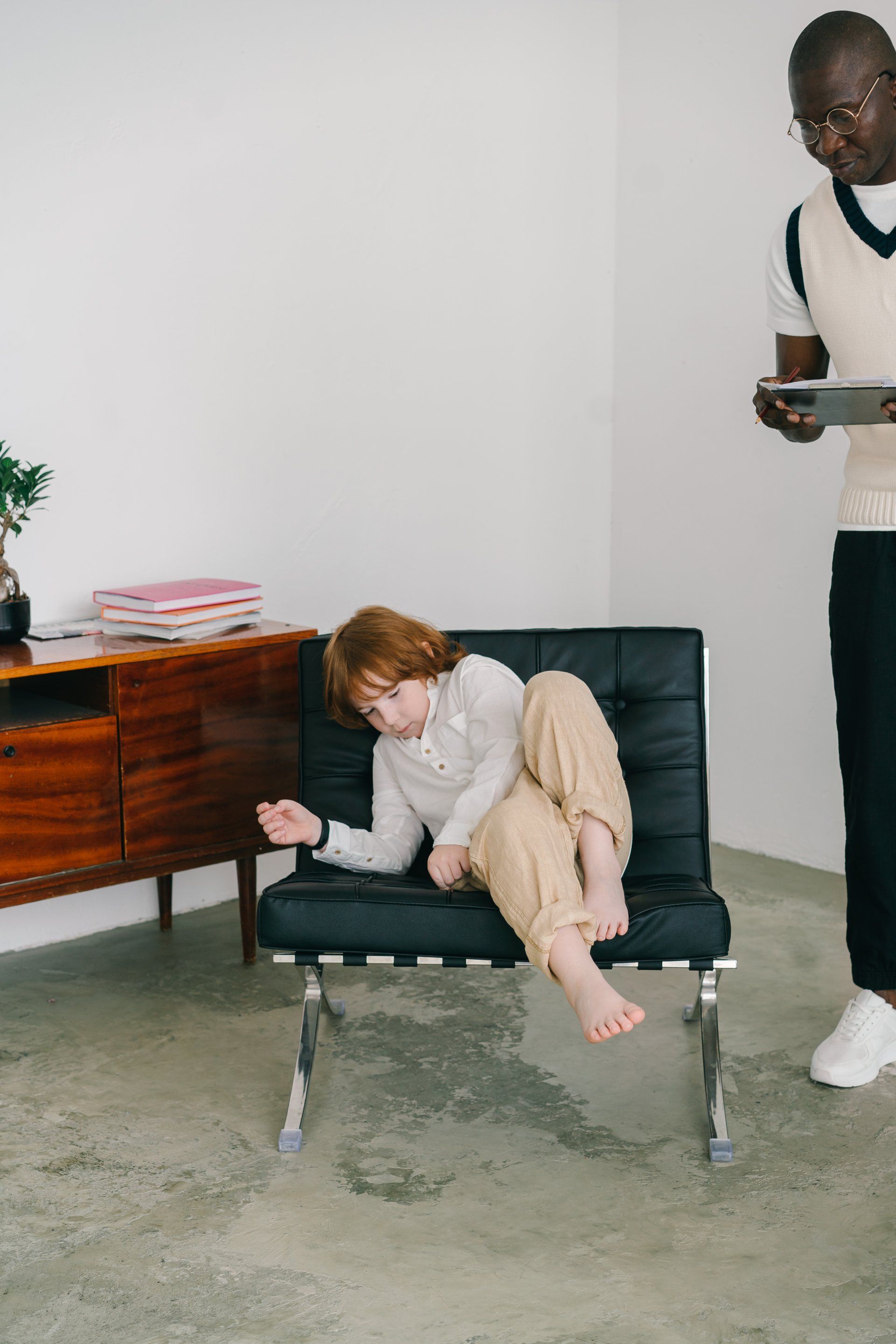VISION THERAPY
Non-surgical treatment for many eye problems that cannot be treated by glasses or contacts alone.
There is more to vision than seeing 20/20
What is Vision Therapy?
Vision Therapy (also called VT) is an effective treatment method for retraining the eyes and the brain to work together more efficiently. It treats common visual issues such as “lazy” eye, crossed eyes, double vision, visual related learning issues, and more. It is an individualized program designed to improve your visual function, comfort and performance.
The goal of VT is to retrain the brain and eyes to work together better as a team, enhance the brain’s ability to control eye alignment, eye movement, focusing ability, and eye teaming skills.
Just like physical therapy builds motor function, range of motion and neuromuscular connections, optometric vision therapy does the same but from a visual standpoint. Vision therapy is an invaluable tool that is necessary to treat visual conditions that are not adequately treated by glasses or contact lenses alone. Our patients report remarkable breakthroughs, academically and in other areas, such as sports and many other daily activities.
It's more than just 20/20 vision
When we think of our "vision" we often think of the role of our eyes and stop there, however, the majority of the work providing you with your "vision" is actually done by the Visual Processing System involving multiple parts of your brain and not your eyes! The eyes are like 2 cameras that must work together perfectly to record a 3D movie, but there's much more work going on behind the scenes.
Seeing 20/20 is only one of the 17 visual skills needed to function in our everyday environments. A problem with just one visual skill can lead to frustration and struggling at work or school.
The visual demands of the classroom, studying at home, and in performing our everyday tasks require flawless coordination between the two eyes. They must work together as a perfect team and always be aiming and focusing on the same thing. If improperly aimed or if a child or adult has a deficiency in bringing their eyes in together to read or out together to see a distant object, double vision will occur. Problems with the focusing system can lead to blur.
Even if a child or adult can see 20/20, they may still have a vision problem that can hold them back in school or work and greatly interfere with their daily activities.
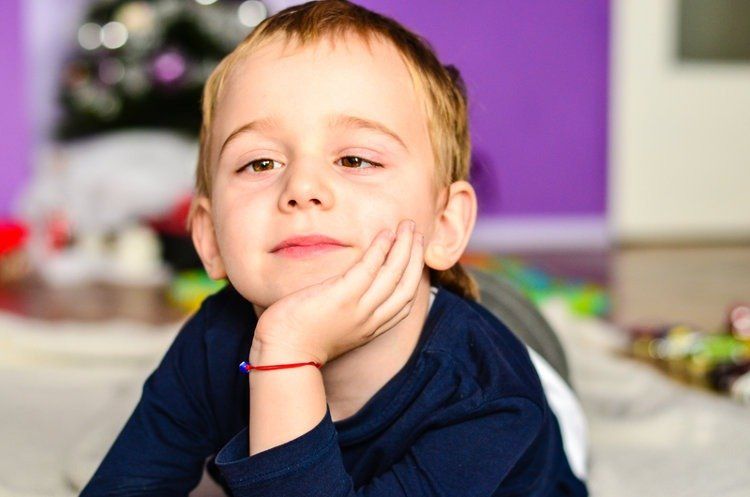
Strabismus & Amblyopia
Often more successful than surgeries for "lazy eye", vision therapy has also been proven to successfully treat Amblyopia even into adulthood. Here's to clinically proven, non-invasive, advanced treatments through Vision Therapy!
What to try before surgery
World renowned Dr. Robert Sanet who has treated and trained children to Olympic athletes said it best when he said, "Cutting eye muscles to cure a vision problem is like cutting the tongue to cure a speech problem." While most surgeons will be honest that the goal of surgery is merely cosmetic, Vision Therapy works to not only align the eyes for better cosmetics but also improve the brain's processing and control of the eyes so they work better together and see better.
The eyes must work well together as a TEAM. Eye turns and "lazy eyes" are typically NOT caused by an eye muscle problem but instead by a brain problem that results in the two eyes not working well together as a team. That's why our treatment is directed at the actual cause of the problem and not just the cosmetics.
We utilize technology and treatment plans from the most reliable research and up to date studies. With no surgery and no medication, our non-invasive approach through the use of vision therapy is more effective as well.
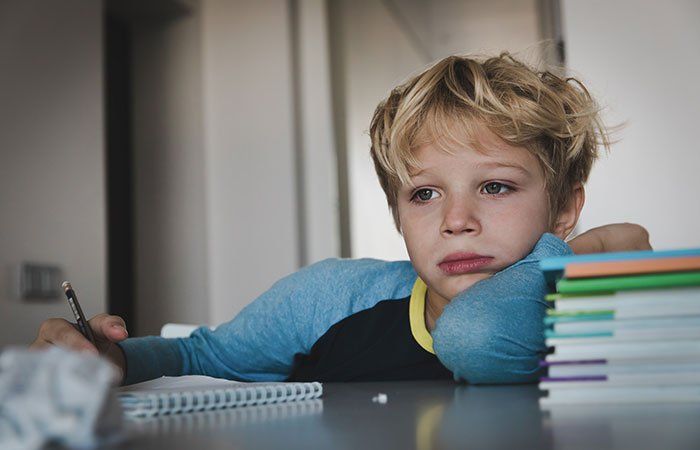
Similarities in Symptoms Often Lead to the Wrong Diagnosis
Did you know that 1 in 4 kids has an undetected vision problem that affects their learning ability. Most children with vision problems can be misdiagnosed as ADD/ADHD because they exhibit many of the same symptoms, such as a short attention span for close work, skipping and rereading lines, poor reading comprehension, and taking longer than others to complete their work. Similarities in vision disorder symptoms and cognitive disorder symptoms can lead to a multitude of problems when it comes to proper diagnosis and treatment of patients.
One concern is that the vision disorder can often be missed completely as the symptoms of ADHD, Autism, and other disorders can mask the vision problems. Imagine if a patient had a limp because of a bad knee. One might not think to consider that the patient also has a bad ankle as the knee is the primary focus. While we can not cure ADHD, Autism, and other cognitive disorders, we can treat underlying vision disorders that are also ailing patients and adding to their frustrations and difficulties.
Autistic patients specifically often have hypersensitive vision and their coping mechanisms can mask various vision disorders. As they become visually defensive to cope with their sensory overload. They may avoid eye contact, make quick and momentary looks to the side or perform constant side viewing, stare at lights or spinning objects, and have a lack of central focusing. This instability in their visual coordination can then lead to instability in their physical responses to their world as they aren't able to consistently and clearly view it and judge what is going on around them. Treatment of these vision concerns can alleviate some of these symptoms and bring ease to many of their daily tasks.
Another major concern is that it is not uncommon for vision disorders to be misdiagnosed as ADD, ADHD, or other cognitive disorders. There are numerous cases of patients simply having a vision disorder that is completely curable by non-invasive vision therapy that have been misdiagnosed as having ADD, ADHD, or autism. Vision disorders can lead to symptoms such as; loss of concentration, resistance to do school work, loss of focus on material, and others, it is easy to see how a misdiagnosis could be made. That's why we look beyond the surfaced symptoms and make our diagnosis based on clinically proven measurements of the brain's processing of the patient's vision so nothing is missed.
At Performance Vision Therapy, we perform detailed vision exams that go beyond just getting a patient to see 20/20. Our exams measure how well the brain is doing at controlling and coordinating the two eyes together, as well as processing the information it is receiving.
Our friendly, calming, and customized approach to each exam results in an experience that is unique to each patient. Patients with special needs can feel relaxed as we actively adapt the exam, even during the exam, to their specific needs to keep them comfortable. We believe that with a happy and comfortable patient, we can get the best measurements that allow us to make the correct diagnosis and truly treat the individual needs of our patients.
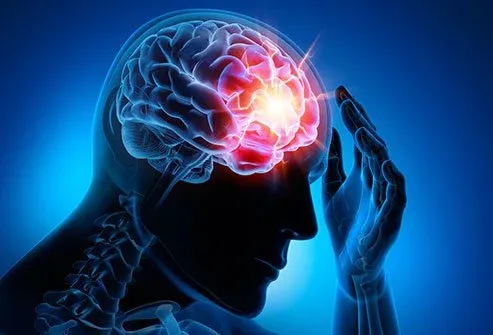
Inevitable Symptoms from Brain Injuries
Whether the injury is from a sports-related injury, a stroke, or any other systemic condition or trauma to the brain, it is almost inevitable that the visual system will be involved and affected. As the processing of our vision involves just about everything portion of our brain from the front to the back and top to bottom as it coordinates with autonomic processes in our brainstem, it is no surprise the long list of visual symptoms that patients with even minor traumatic brain injuries (mTBIs) suffer from.
We work with patients suffering from everything from concussions to strokes and feel the symptoms of that visual processing system suffering. With each therapy session and treatment plan customized to their individual needs and goals, we can help restore those visual skills and relieve the symptoms.
Signs & Symptoms To Check For:
Typically, parents or teachers notice subtle signs that indicate a child may have a visual disorder.
- Headaches with near work
- Skips/repeats words or lines
- Substitutes/ rereads words while reading or copying
- Reverse letters, numbers, or words
- Uses finger or marker to keep place
- Read very slowly
- Difficulty remembering what was read
- Poor comprehension (unless read to)
- Head tit/ closes one eye when reading or computer work
- Squints, closes, or covers one eye
- Writes up or downhill
- Holds had too close when reading or writing
- Poor spelling skills/ misaligned words or numbers
- Double vision/ unusual tired with visual task
- Difficulty tracking moving objects
- Always says "I can't" before trying
- Letters/words "run together' or "jump" when reading
- Unusual clumsiness
- Confuse right and left direction
- Must "feel" things to see them
- Unusual blinking/eye rubbing
- Motion or car sickness
- Restlessness when working at a desk
- Difficult eye-hand coordination involving sports
Benefits to Vision Therapy
Advanced binocular skills
Increased confidence
Lasting results
Reduces stress levels
Better spatial awareness and depth preception
Less invasive, yet a more functional alternative to surgery
Improved accuracy in sports
Higher performance in school
